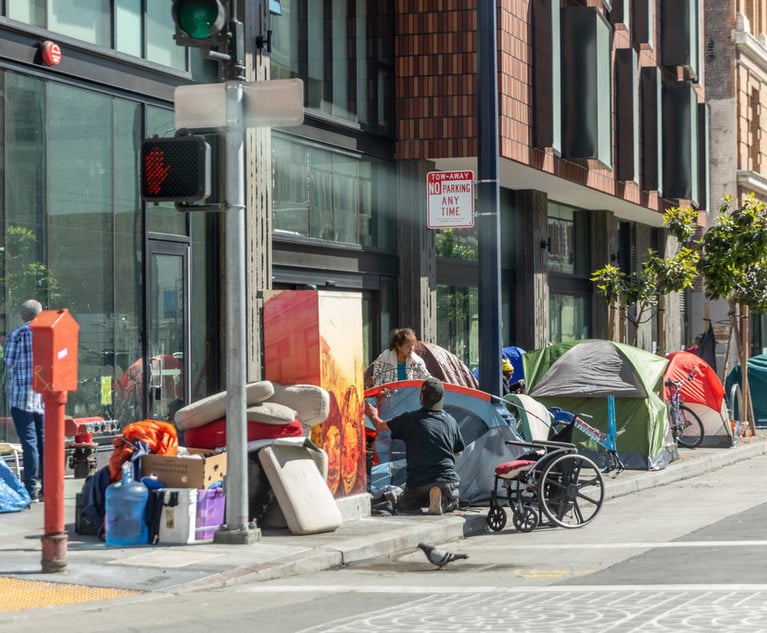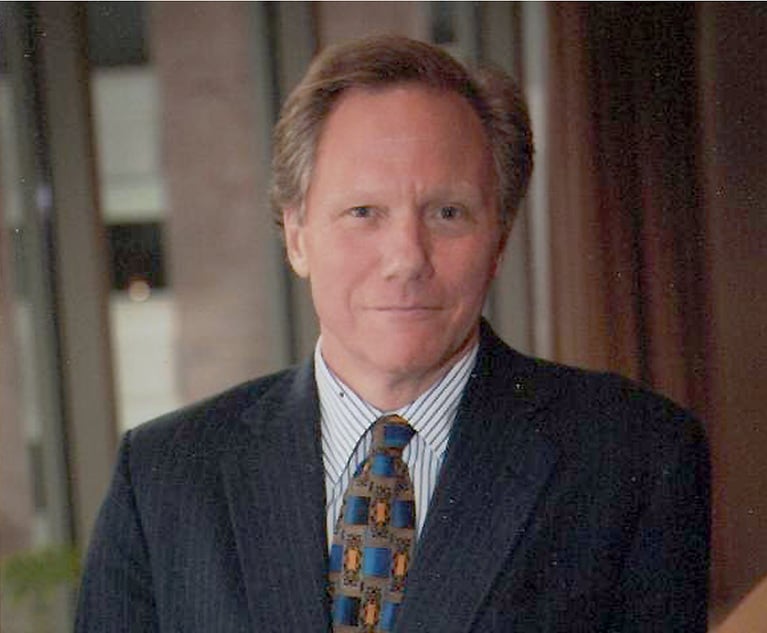Thank you for reading The Marble Palace Blog, which I hope will inform and surprise you about the Supreme Court of the United States. My name is Tony Mauro. I’ve covered the Supreme Court since 1979 and for ALM since 2000. I semiretired in 2019, but I am still fascinated by the high court. I’ll welcome any tips or suggestions for topics to write about. You can reach me at [email protected].
On July 21, Justice Elena Kagan made headlines by asserting that it would be “a dangerous thing for a democracy” if the Supreme Court loses “all connections with the public.” She spoke before the judicial conference of the Ninth Circuit in Big Sky, Montana.
But at the same event, Kagan conveyed a lesser-noticed but compelling narrative. She told the lawyers and judges in the audience how she and her colleagues transformed their traditionally free-for-all oral arguments into structured telephonic comments and other scenarios during the pandemic. It wasn’t easy, and Kagan indicated there was friction.
Excerpts from Kagan, as transcribed from C-SPAN:
> Sophisticated Equipment: “For the first year, we really just shut down the courtroom and we did oral arguments in the way that I know many courts did, remotely. In our case, we didn’t even do it by Zoom. You couldn’t see our faces. We did it telephonically. We all got sophisticated telephone equipment to put in our houses. Generally, we have a very free-flowing argument where everybody interrupts everybody else, both the lawyers and the judges. We couldn’t figure out how that would work. We thought it couldn’t work when we couldn’t see each other, and when we weren’t in the same building or in the same room. Instead, we just used a system where each of us got a few minutes. Sometimes it was three. Sometimes it was four. Sometimes it was five.”
> Order of Seniority: ”We went down the row in order of seniority. It would start with the chief justice, and then go to Justice Thomas, who’s the senior associate justice, and then all the way down the line. Everybody would have their three or four minutes with the lawyer. In the rebuttal, we just agreed not to ask any questions. We got to the end of that year and the next year we decided we could go back to the courtroom. We didn’t open it up to the public.”
> Very Split: “We did open it to the press, people with press credentials. Then the question was, should we go back to the old way of arguing cases? We were very split on that, actually. I hope this isn’t giving away secrets. Don’t tell anybody if it is.”
> Thomas, an Astute Questioner: ”Some people really liked the new method that we had developed, the kind of one-by-one method, because it was more sort of orderly. There was less interrupting. It was less of a free-for-all. Also, I think … all of us liked the fact that Justice Thomas was a very active participant in that way of doing things. Justice Thomas really didn’t like the free-for-all and didn’t participate in it. But when … everybody had a turn, he became a very active and a very astute questioner, and everybody liked that.”
> A Lot Lost: “Other people thought that there was a lot lost by the new method. I’ll just say that I’m one of those other people. I thought that it was very stilted, that there was no real opportunity for follow-up among justices. Sometimes our most valuable moments come from one justice following on an other justice’s questions and a kind of conversation among multiple justices and the lawyers. That kind of conversation couldn’t take place. I felt as though I learned a lot less from arguments than I had previously in the free-for-all system.”
> Opposing Camps: “We talked about this at conference, and we started off in opposing camps. We devised a solution that we thought ‘Well, maybe that will work for all of us.’ The solution was that it would be sort of our general free-for-all, but then there would be two amendments to it. The first is that if Justice Thomas wanted it, he would always have the privilege of the first question. That was not really a change in our practice, because in prior years of the court’s operation, there had been senior associate justices or almost senior associate justices who typically had taken the first question.”
> Everybody Starts Interrupting: “Then, at a certain point everybody just starts interrupting and asking their own questions and we can do the typical building-on-each-other and responding-to-each-other. But then we know that at the end of the argument, the chief justice is going to look at each of us and ask us whether we have anything further that we wish to ask. Then we could use our last part to follow up on anything that we thought remained on the table.”
> A Better System: “I think honestly, all of us thought that was a better system than either the old one or the first pre-COVID one. Of course, we could change it again when we open up the courtroom to the public. But frankly, I doubt we will, because I think all of us liked it quite a lot and thought that we had by virtue of necessity created a system that was better than what had come before.”
> Will Livestreaming Resume? Asked about livestreaming of oral arguments, Kagan said, “We haven’t talked about this. I’m sure it will be a topic of conversation. The livestreaming was a consequence of closing the courtroom to the public. There might be arguments that once we open the courtroom to the public, we should get rid of the livestreaming, so go back to the old system. I personally would prefer to keep the livestreaming. I think that livestreaming has worked very well and we’ve seen no problems with it. But I only get one vote of nine.”
Correction: This story has been updated to correct where the judicial conference of the Ninth Circuit occurred.
NOT FOR REPRINT
© 2024 ALM Global, LLC, All Rights Reserved. Request academic re-use from www.copyright.com. All other uses, submit a request to [email protected]. For more information visit Asset & Logo Licensing.


 Justice Elena Kagan. Photo: Diego M. Radzinschi/ALM
Justice Elena Kagan. Photo: Diego M. Radzinschi/ALM






